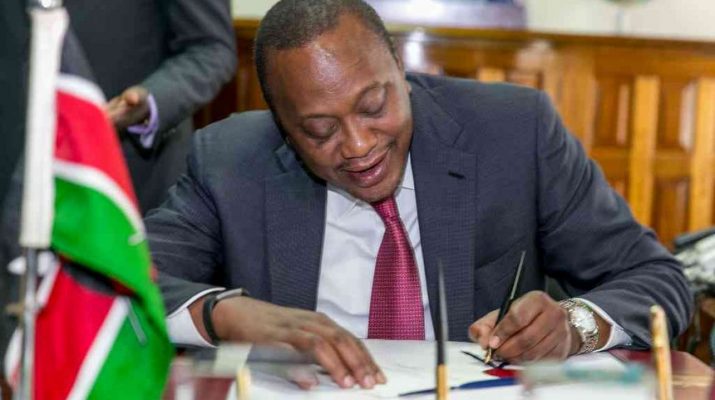The International Monetary Fund yesterday warned that Kenya faces the risk of financial instability in coming years if it does not scrap the interest controls enforced last September.
“Although the adverse effects of the controls are manageable in the near term, if maintained, they could potentially pose a risk to financial stability,” IMF deputy managing director and acting chair Tao Zhang said in a statement. “Therefore, it is essential to remove these controls, while taking steps to prevent predatory lending and increase competition and transparency of the banking sector.”
The Bretton Woods institution is instead rooting for the implementation of an interest rate corridor, which will see the Central Bank set lower and upper limit as banks lend to each other.
The proposed structure, the IMF first revealed in March last year, seeks to have the inter bank rate aligned to the Central Bank Rate, reviewed after every two months by the CBK’s Monetary Policy Committee.
“Establishing a formal interest rate corridor remains a priority for strengthening the monetary policy framework,” Zhang said. “While adoption of such a corridor has been delayed given the uncertainties created by interest rate controls, it will be important to conduct liquidity operations to realign interbank rates to the policy rate as economic conditions permit.”
President Uhuru Kenyatta defied Treasury CS Henry Rotich, CBK governor Patrick Njoroge and banks’ chiefs when he signed the Banking (Amendment) Act 2016 into law on August 24, 2016. He said banks were insensitive in charging higher interest loans, which averaged about 18.2 per cent in August.
The amended law caps loan charges at four percentage points above the CBR (presently at 10 per cent), and payable interest on fixed-term deposits at 70 per cent of the CBR.
The IMF, however, argues that interest caps were also a threat to the country’s “robust” economic growth, with macroeconomic seen as largely positive with reduced external imbalances.
“Real GDP growth increased in 2016, inflation remains within the target range, and the current account deficit has narrowed,” Zhang said. “However, interest rate controls are likely to reduce access to credit, weighing on growth. They also complicate monetary policy and adversely affect banking sector profitability, especially for small banks.”
Kenya Bankers Association has said micro and small-sized lenders could be struggling to get loans from banks as a result of the rate cap.
“We have noted that the interest rates controls may have had an adverse impact on micro and small businesses in terms of loan approvals and disbursements,” KBA director for marketing and communications Nuru Mugambi told the Star via an email.
The IMF team said it completed the first review of the country’s performance under the Stand-By Arrangement and an Arrangement under the Standby Credit Facility. The two programmes are valued at $1.5 billion (about Sh155.98 billion) for two years from March 14, 2016. They are meant to cushion the country against external shocks, largely depreciation of the shilling.
“The Kenyan authorities have indicated that they will continue to treat both arrangements as precautionary, and do not intend to draw on the SBA and SCF arrangements unless exogenous shocks lead to an actual balance of payments need,” the IMF said.

